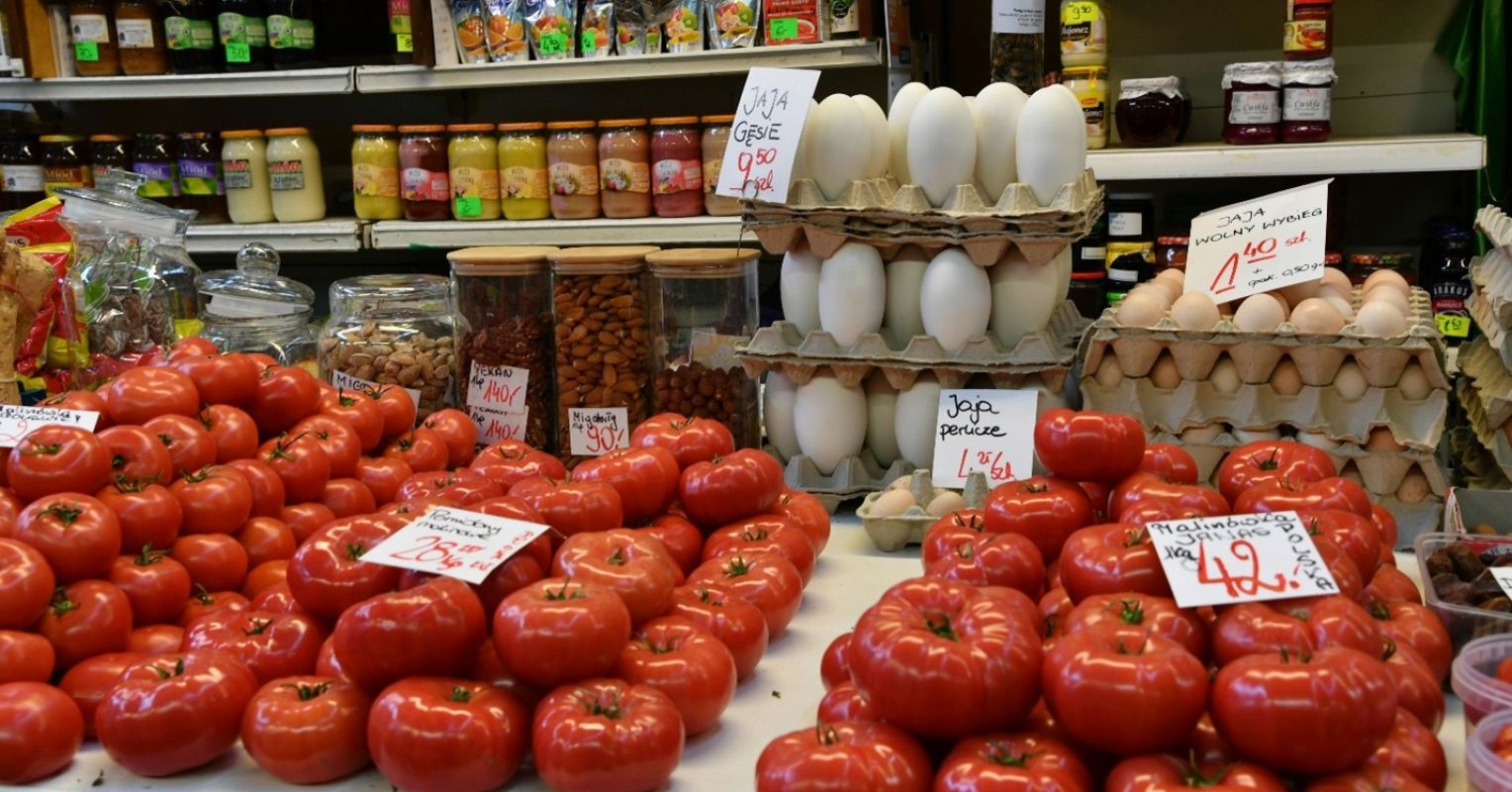
"Back in college, I worked in the produce department of a local grocery store. I spent a lot of early mornings unloading cases of apples, oranges, and everything else from the back of a semi, then restocking shelves throughout the day. It wasn't glamorous, but it was oddly satisfying. Over time, I developed what felt like a quiet superpower: I could pick fruit with the best of them."
"Not all fruit, to be fair. Apples and oranges I was a bit meh at. But tomatoes? I had them down to a fine art. I could predict with eerie accuracy whether a tomato would be flavorful and whether it would be ready in one day, two days, or never. It was part learned skill, part intuition -and it held up pretty well into adulthood."
"Somewhere along the line, my tomato radar (my tomadar?) started failing. I'd pick what looked like a perfect one-deep red, slight give, maybe even a faint scent -and slice into it a day later only to find... disappointment. Grainy texture. Mealy flesh. No flavor. The tomato looked ripe. It felt ripe. But it wasn't. And it kept happening. At first, I figured I'd lost my touch. But it wasn't me. It was the tomatoes."
A produce worker developed a reliable ability to judge tomato ripeness using sensory heuristics like color, firmness, and smell. These simple cues historically correlated with internal quality, enabling quick decisions. Modern commercial breeding and logistics prioritize durability and visual uniformity, producing fruit that appears ripe but lacks flavor and texture, decoupling appearance from quality. Because consumers often receive delayed feedback about poor choices, learning which cues are trustworthy becomes difficult. AI tools that mimic surface quality cues can further amplify deceptive signals. Decision environments become less reliable, requiring new evaluation strategies and better feedback to restore accurate judgment.
Read at Psychology Today
Unable to calculate read time
Collection
[
|
...
]